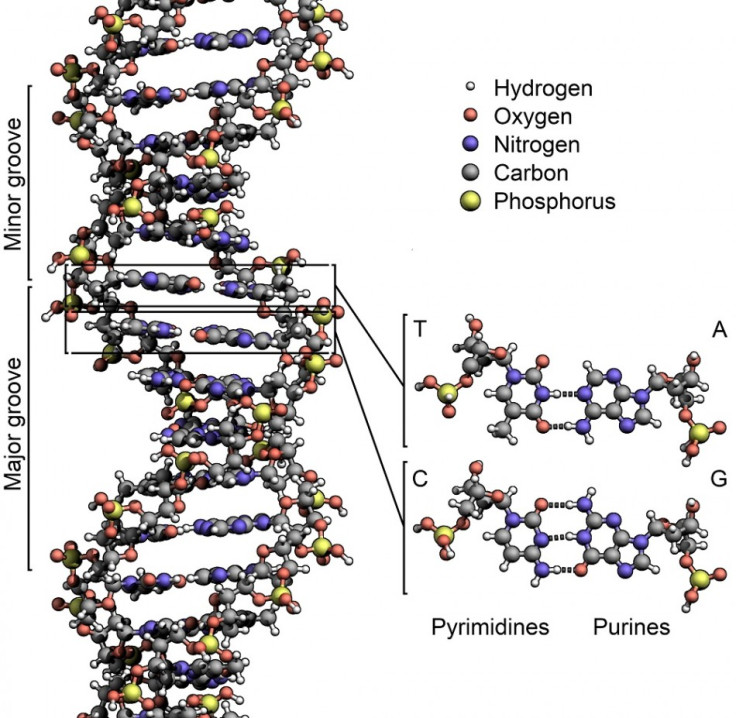Black Death DNA 'Built' By Scientists

DNA from the bacteria that was responsible for the Black Death have been pulled from the teeth of four plague victims buried in east London.
Scientists have succeeded in reconstructing the genetic code of the deadly bacterium, which killed a third of the Europe's population from 1347 to 1351.
It is the first time that experts have successfully reconstructed the genome of the deadly bacterium - also known as a pathogen - which they say is the ancestor of all modern plagues.
"It turns out that this ancient Yersinia pestis strain is very close to the common ancestor of all modern strains that can infect humans," said Professor Johannes Krause from the University of Tubingen, Germany, a member of the research team.
Iran Fails To Launch Monkey Into Space
"It's the grandmother of all plague that's around today."
"Every outbreak across the globe today stems from a descendant of the medieval plague," said lead scientist Dr Hendrik Poinar, from McMaster University in Canada.
"With a better understanding of the evolution of this deadly pathogen, we are entering a new era of research into infectious disease."
The research, published in the journal Nature, reveals that genetic changes have taken place in the bacterium over the past 660 years.
The research also suggests that the 14<sup>th Century outbreak was the first plague pandemic in history.
Although rare, the bubonic plague continues to kill around 2,000 people around the world each year. A strain of the E. coli bacteria which caused a deadly outbreak of infections in Germany and France earlier this year was found to contain DNA sequences from plague bacteria.
© Copyright IBTimes 2024. All rights reserved.





